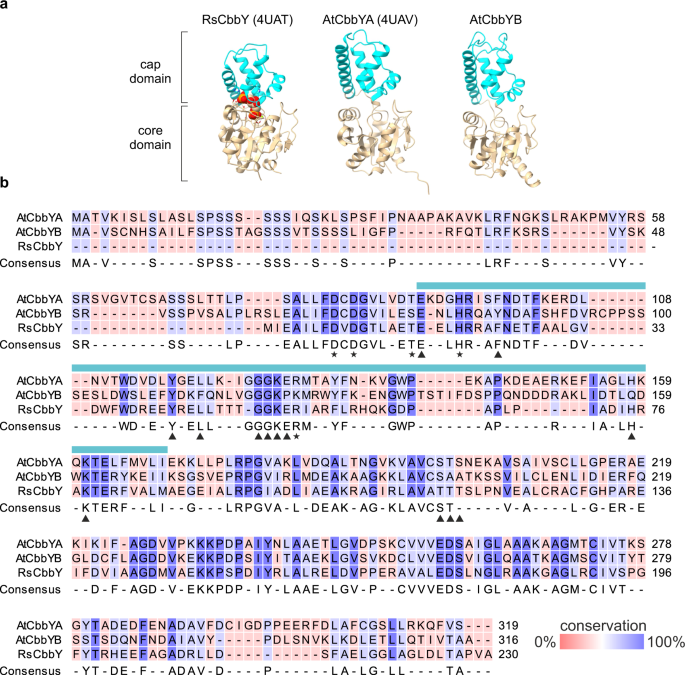2023-05-30 ミュンヘン大学(LMU)
◆この研究結果は、ルビスコ阻害物質の放出と分解に関与する酵素の効率的な協力が、生物系における二酸化炭素固定を最適化するために重要であることを示しています。
<関連情報>
- https://www.lmu.de/en/newsroom/news-overview/news/photosynthesis-gone-astray.html
- https://www.nature.com/articles/s41467-023-38804-y
古代の代謝物損傷修復システムが植物の光合成を支える An ancient metabolite damage-repair system sustains photosynthesis in plants
Dario Leister,Anurag Sharma,Natalia Kerber,Thomas Nägele,Bennet Reiter,Viviana Pasch,Simon Beeh,Peter Jahns,Roberto Barbato,Mathias Pribil & Thilo Rühle
Nature Communications Published:25 May 2023
DOI:https://doi.org/10.1038/s41467-023-38804-y

Abstract
Ribulose-1,5-bisphosphate carboxylase/oxygenase (Rubisco) is the major catalyst in the conversion of carbon dioxide into organic compounds in photosynthetic organisms. However, its activity is impaired by binding of inhibitory sugars such as xylulose-1,5-bisphosphate (XuBP), which must be detached from the active sites by Rubisco activase. Here, we show that loss of two phosphatases in Arabidopsis thaliana has detrimental effects on plant growth and photosynthesis and that this effect could be reversed by introducing the XuBP phosphatase from Rhodobacter sphaeroides. Biochemical analyses revealed that the plant enzymes specifically dephosphorylate XuBP, thus allowing xylulose-5-phosphate to enter the Calvin-Benson-Bassham cycle. Our findings demonstrate the physiological importance of an ancient metabolite damage-repair system in degradation of by-products of Rubisco, and will impact efforts to optimize carbon fixation in photosynthetic organisms.


